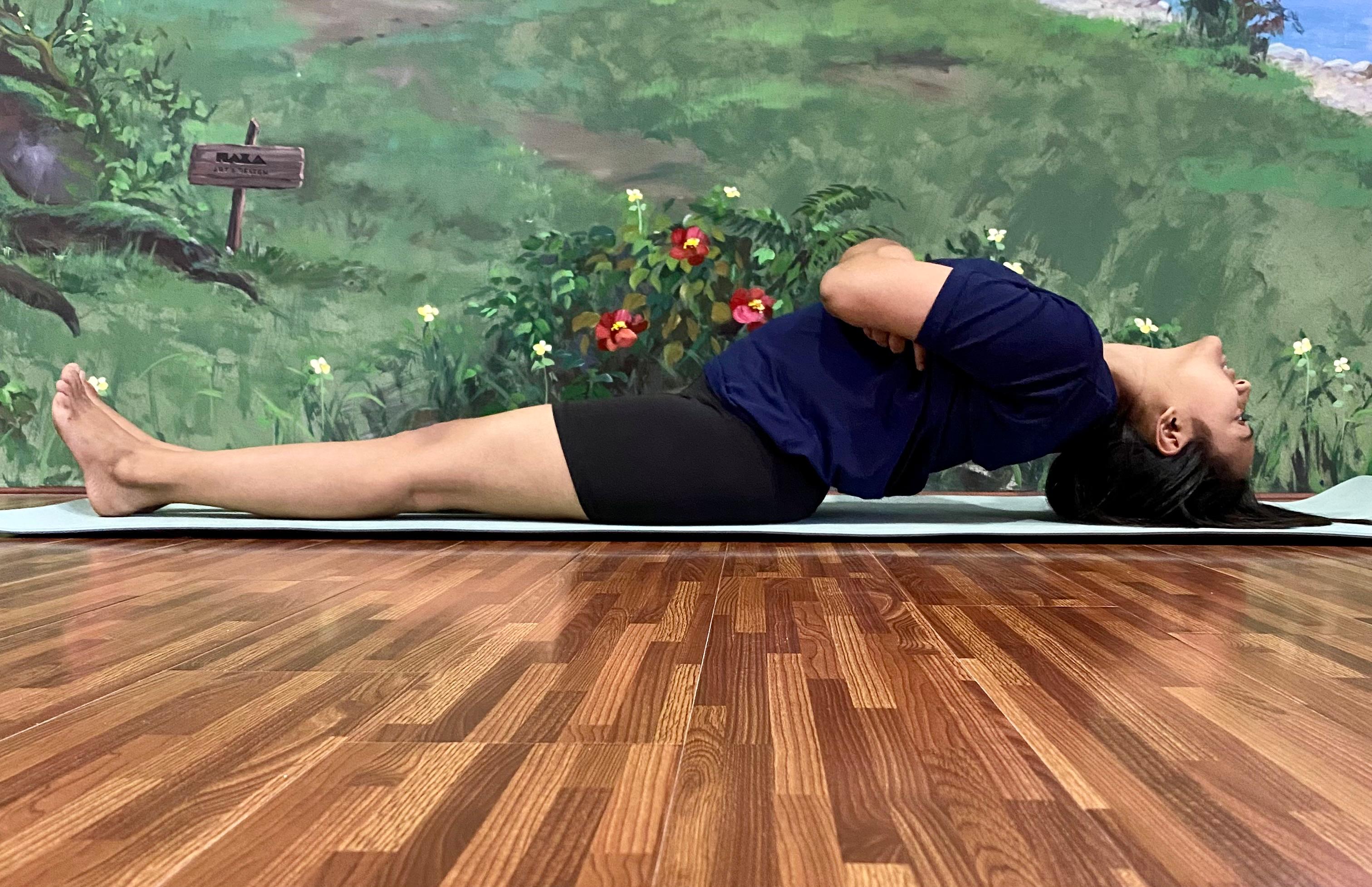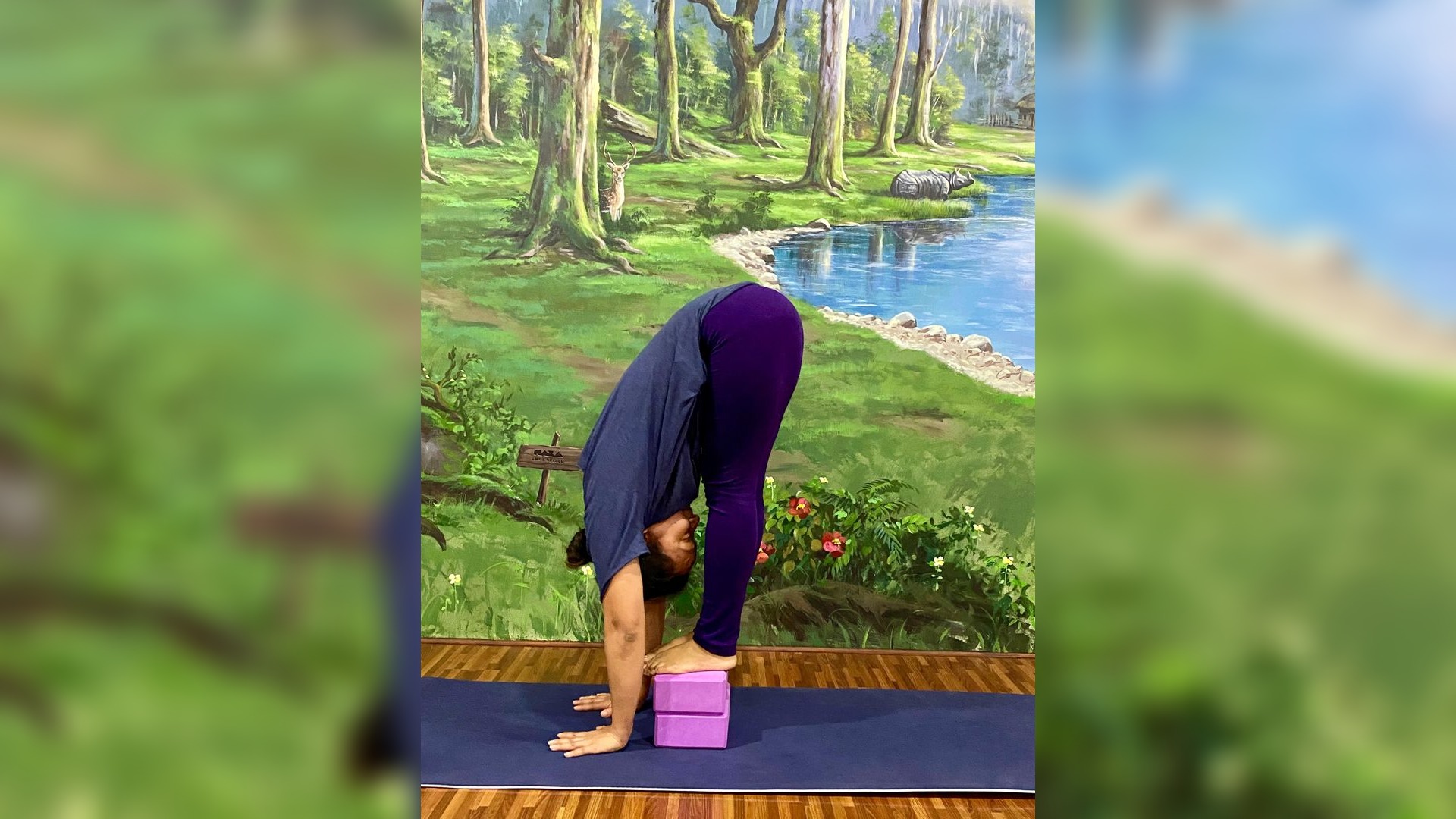Kirtan is a form of Bhakti Yoga (the yoga of devotion) that involves singing or chanting sacred mantras, names of deities, or devotional songs. It is often performed in a call-and-response format, accompanied by musical instruments such as the harmonium, tabla, mridanga, kartals (cymbals), or djembe. Kirtan is a deeply meditative and joyous practice that helps connect with the divine, open the heart, and cultivate inner peace.
Origins of Kirtan
Kirtan has its roots in the Bhakti movement of ancient India, where saints and sages emphasized devotion to the divine through music and poetry. Prominent figures like Mirabai, Tulsidas, Kabir, and Chaitanya Mahaprabhu spread the practice of devotional singing across India. The tradition continues today in various spiritual lineages, including Hinduism, Sikhism, and Buddhism.
The Elements of Kirtan
1. Mantras & Divine Names
Kirtan often involves chanting powerful Sanskrit mantras or the names of deities, which have vibrational energy that uplifts the mind and spirit.
Examples:
- "Om Namah Shivaya" – Salutation to Lord Shiva
- "Hare Krishna, Hare Rama" – A mantra from the Bhakti tradition
- "Jai Hanuman" – Chanting to invoke the energy of Hanuman
2. Music & Rhythm
- Kirtan is accompanied by instruments like harmonium, tabla, djembe, or kartals to create a rhythmic and melodic flow.
- The leader sings a line, and the group responds, creating a dynamic energy exchange.
3. Call-and-Response Singing
- The kirtan leader sings a verse, and the group repeats it.
- This repetition allows deep immersion into the mantra, creating a meditative trance-like state.
Benefits of Kirtan
- Emotional Healing – Releases stress, sadness, and anxiety
- Spiritual Awakening – Deepens connection to the divine
- Mindfulness & Presence – Helps focus and calm the mind
- Heart Opening – Encourages love, joy, and gratitude
- Community & Connection – Brings people together in unity
How to Practice Kirtan
- Find a Comfortable Space – Sit in a peaceful place, alone or with a group
- Use a Simple Mantra – Start with short, repetitive chants
- Sing with Feeling – Focus on devotion, not perfection
- Allow the Music to Flow – Let your voice and rhythm be natural
- Close with Silence – After chanting, sit in quiet meditation
Recent Blog Posts

When Is the Best Time to Practice Yoga?
Oct 28, 2025

.jpeg)

.jpg)